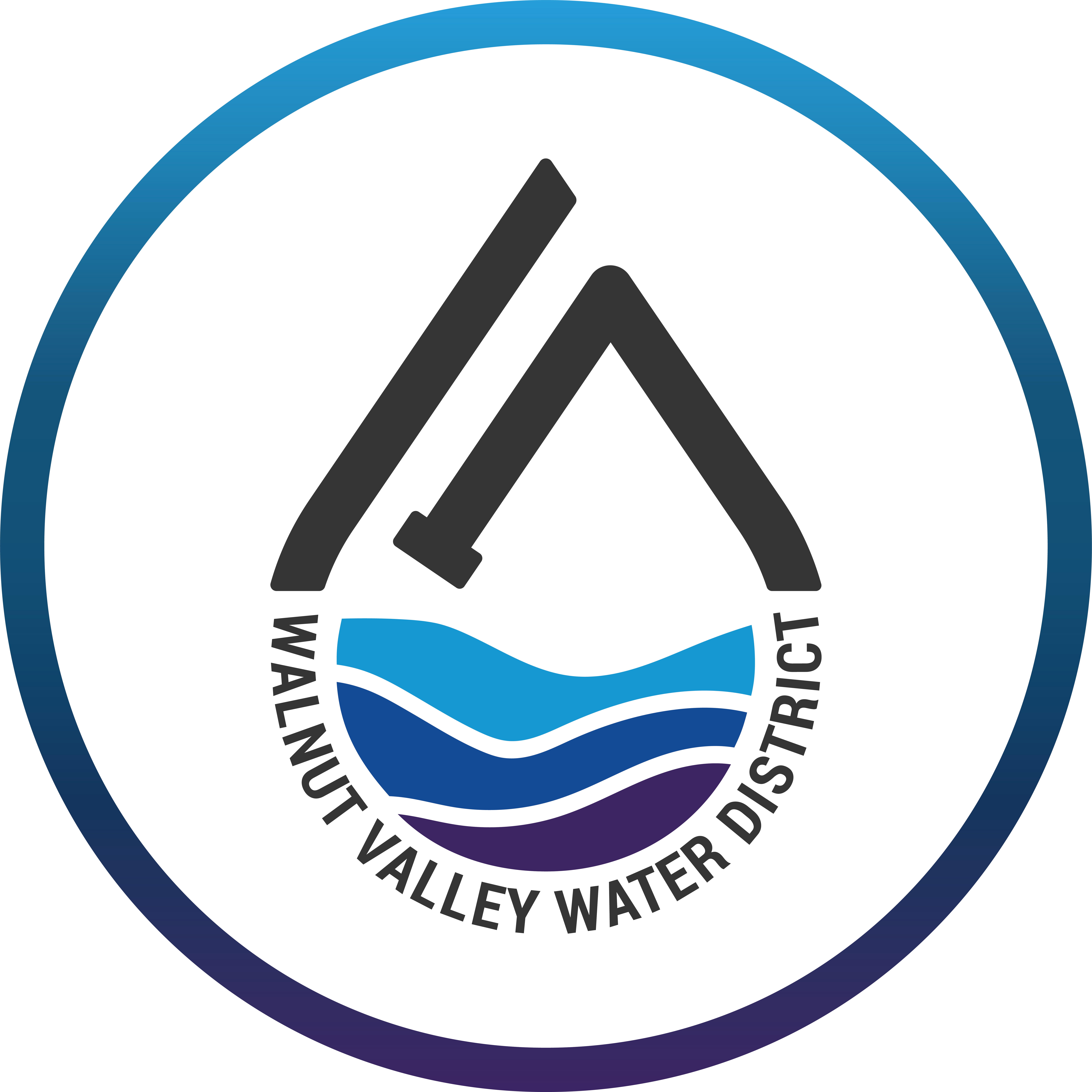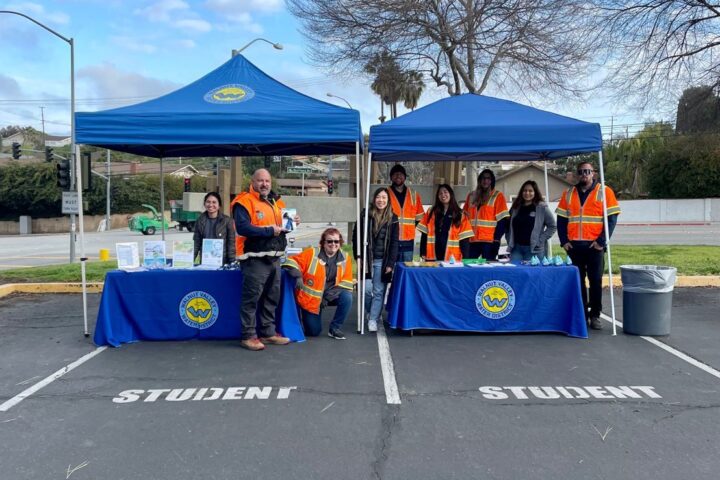News Details
Enjoy your swimming pool and conserve water this summer!
June 22, 2023
Summer is right around the corner and going into a pool to cool off from the heat seems like a good idea, but with California’s history of drought, is there a way to conserve water while still enjoying the pool?
Walnut Valley Water District (WVWD) shares a few ways to conserve water and care for your pool.
Nearly 70% of pool water gets evaporated. Water evaporation is one of the biggest costs for pool owners since they will continuously need to pay for the water to refill it. A pool cover could save you a lot of money and save water by keeping water from being wasted due to evaporation.
Plus, an added benefit of a pool cover is Walnut Valley Water District’s pool cover rebate which provides homeowners with a $50 credit after a qualifying pool cover is installed.
There are several types of pool covers that help prevent debris from getting inside pools, protect children and family members from falling in, and not to mention, save a lot of money by preventing evaporation. Pool cover types include:
- Solid/Mesh/Hybrid Pool Covers – up to 95% effective in reducing evaporation and serve as a safety cover
- Solar (bubble cover, solar rings, thermal) – 50-95% evaporation reduction and use the sun’s energy to heat the pool
Pool cover rebate applications are available online at walnutvalleywater.gov.
If you’re planning to have a pool party this summer, WVWD advises against over-filling the pool. Instead, place a barrier around the pool and turn off any water features, including waterfalls. This will help reduce the water temperature and help avoid water evaporation.
WVWD homeowners may not refill their pool or spa more than one foot in accordance with the Stage 2 Water Shortage Restrictions. In terms of when to fill your pool with water, doing it at night instead of during the day is best. If pools or spas are refilled in the morning or when the heat comes, all that water is lost to evaporation.
Leaks are another costly feature of pool ownership. Leaks can go unnoticed for an extended period of time, but if left unattended can become a big problem.
Leaks can be found:
- in the pool liner,
- the pump seal,
- pool piping,
- the pool-to-pipe connection,
- pool edges,
- wet spots around the pool,
- air bubbles in the water return pipeline,
- air bubble in the pump strainer
- and in pipe joints.
If your pool is losing more than 2 inches of water per week, or 3 inches in hot, dry areas with high evaporation rates, then it is likely you have a leak.
Pool owners can perform a do it yourself leak test by:
- On a day without rain or heavy winds, shut down all pool systems (filtration systems, pool cleaners, automatic fills, etc.), and close the pool for 24 hours.
- Fill a 2.5- to 5-gallon bucket to about 1 inch from the top and set the bucket in the pool (on a bench or step).
- Make sure that at least two-thirds of the bucket is submerged in the pool, and the bucket water level is a little higher than the pool level.
- Mark the initial water level within the bucket with a marker, piece of tape, or by using a ruler to record the distance from the top of the bucket. Mark/measure the initial height of the still pool water the same way.
- Leave the bucket for 24 hours, then re-record the pool and bucket water levels. If pool water loss is greater than bucket water loss, the pool may have a leak.
Installing a water meter can help you actively monitor water consumption and identify potential leaks. You can also add water manually, rather than automatically, to be aware of your pool’s weekly water loss. If you have an automatic refill for your pool, then once every three months, the automatic fill should be shut off for 24 hours to test for leaks. Automatic fill valves can sometimes malfunction and send water to a pool’s overflow drain. Periodically confirm your fill valve is shutting off properly by plugging the overflow drain and monitoring if the pool level is rising. If it is, your fill valve may be stuck in the open position and should be repaired or replaced.
More information on pool maintenance is available at walnutvalleywater.gov.





